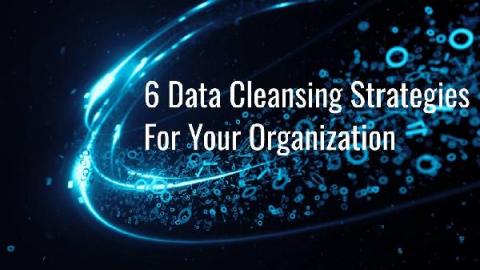Using Coralogix + StackPulse to Automatically Enrich Alerts and Manage Incidents
Keeping digital services reliable is more important than ever. When something goes wrong in production, on-call teams face significant pressure to identify and resolve the incident quickly – in order to keep customers happy. But it can be difficult to get the right signals to the right person in a timely fashion.









